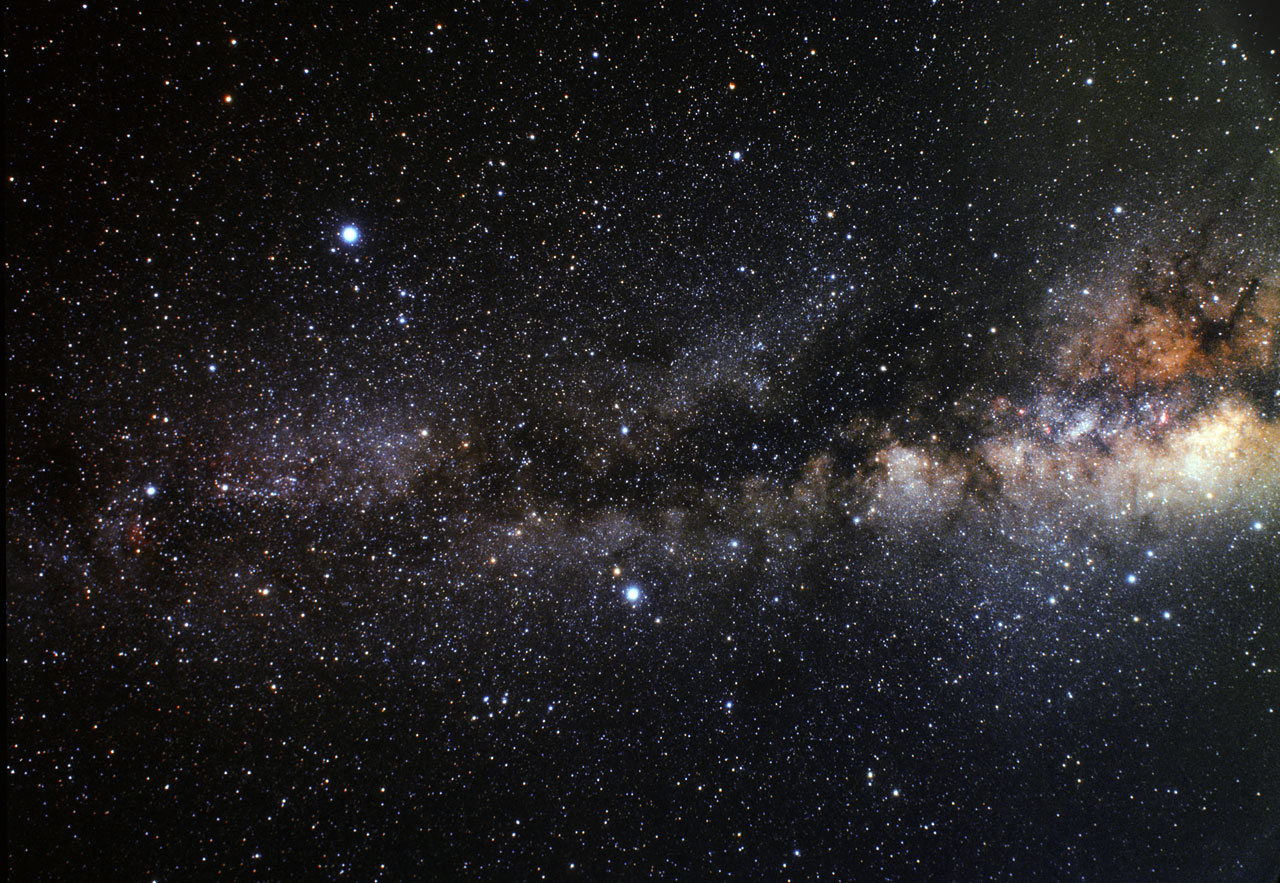
What makes a star shine bright?
Much earlier on—probably months ago now—I explained how something called the proton-proton chain generates massive amounts of energy within stars, and enables them to fuel whole solar systems. That’s the battery of a star.
We’ll address the proton-proton chain later, when we start talking about star life cycles. We’ve still got some talk about nebulas and interstellar space to go before we get that far. For now, what’s important is that the proton-proton chain depends on high density.
That is, stars will have the strongest batteries if they have very dense interiors. It doesn’t really matter how dense their middles and atmospheres are. But conditions in their cores must be very dense.
You’ll find, if you study stars closely, that there is a definite relation between their densities, masses, and luminosities.
Continue reading






